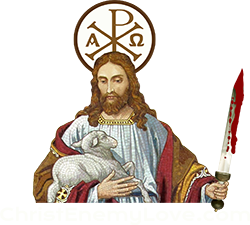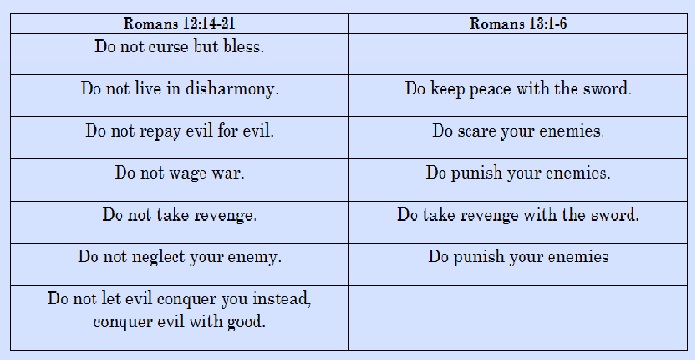By E.R. Craven
The question and the answer are but illustrations of that law proper to all languages, but pre-eminently to the Greek, by which a certain future may be represented by a verb in the present; illustrations may be found, Matt. 26. 2 (after two days is the feast of the passover, and the Son of Man is betrayed, etc.); 1 Cor. 15.42-44 (it is sown in corruption, it is [in the future resurrection raised in incorruption), (see Jelf, Winer, Kühner, and grammarians generally). To the conclusion that the language of our Lord must be understood as having reference to the future, it may also be remarked, we are shut up by the following considerations: The supposition that He indicated an existing Basileia (a) implies that it was set up in (or among the Pharisees; (b) disconnects His words from the immediately-following address to the disciples, whilst the contrary supposition brings them into manifest and beautiful connection therewith, and with His other utterances.
Now, remembering the close connection in the Jewish mind between the establishment of the Basileia, and the glorious coming of the Son of Man-a connection established by the prophecy of Daniel (7. 13, 14), and not previously rebuked but approved by Jesus (Luke 9, 26, 27)–let any one hypothesize as the meaning of meta parateseoes with the signs of a gradual approach, and of entos in the midst of, and read the entire passage, vers. 20-30. The Pharisees ask our Lord “when cometh the Kingdom of God?” He answers, “It cometh not with the signs of a gradual approach; neither shall they say, Lo here, or lo there, for lo the kingdom of God is in the midst of you.” Then turning to His disciples He says: “The days will come when ye shall desire to see one of the days of the Son of Man, and ye shall not see it. And they shall say to you, Lo here, lo there: go not after nor follow. For as the lightning that lighteneth (flashing) from one part under heaven shineth to the other part under heaven (comes not with the signs of a gradual approach), so also shall the Son of Man be in his day,” etc. Does not the very unity perceptible in the entire address-the vividness of the scene it presents the manifest oneness of the doctrine with that elsewhere taught by our Lord, especially on the Mount of Olives–place the stamp of truth on the hypothesis? Does it not become manifest that this passage, so far from teaching the doctrine of a present establishment of the Basileia, must be numbered amongst those that connect the establishment with the Second Advent?




